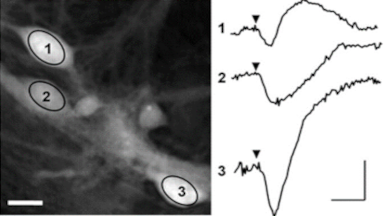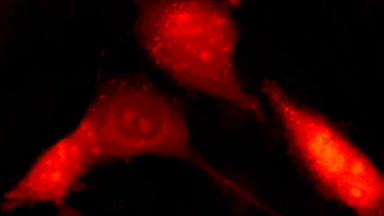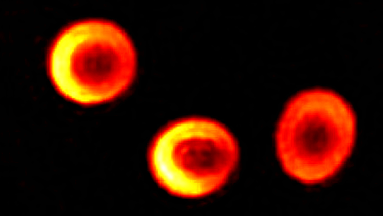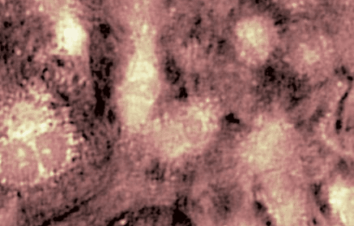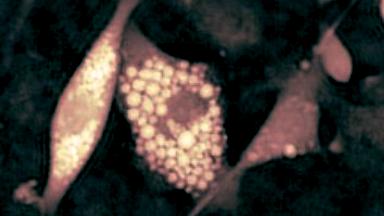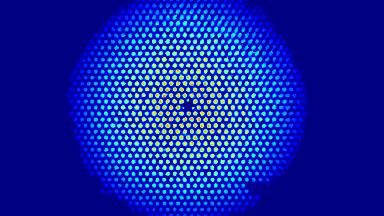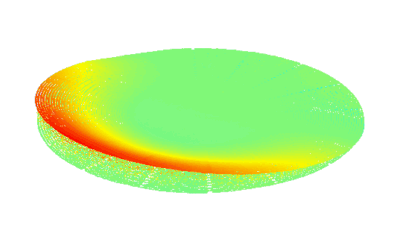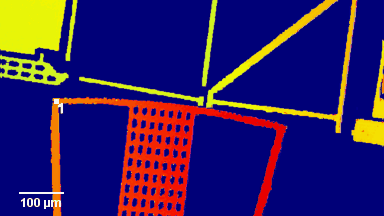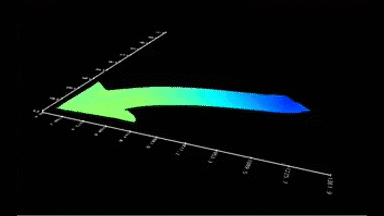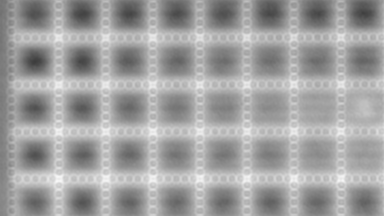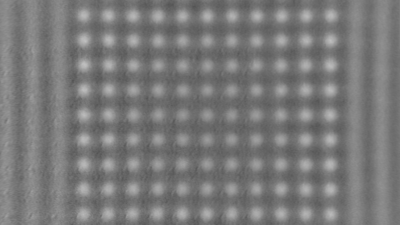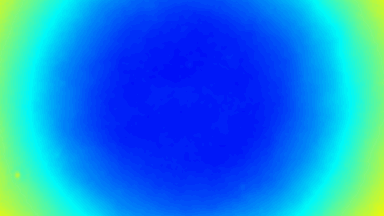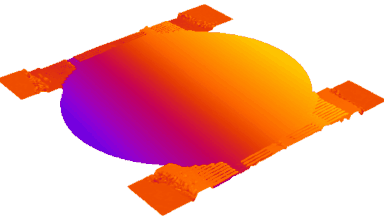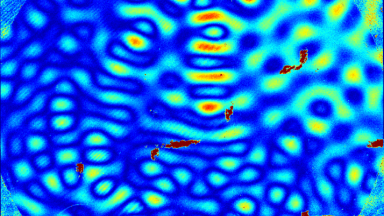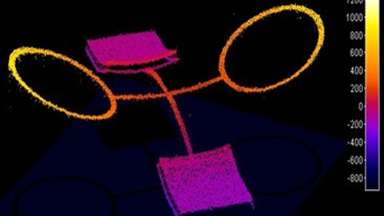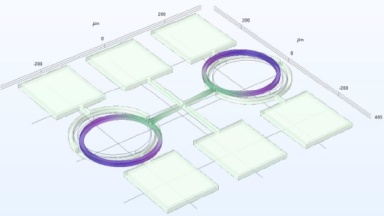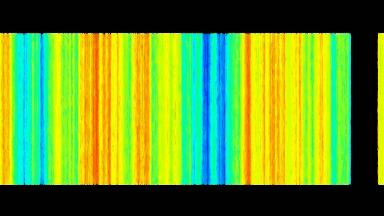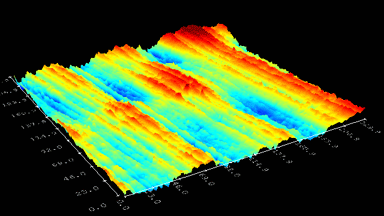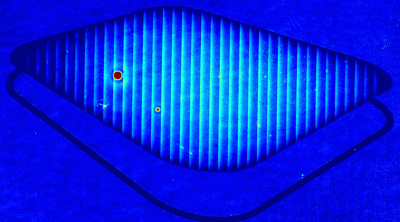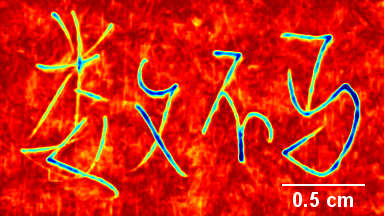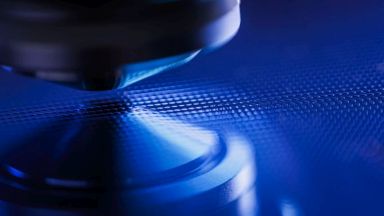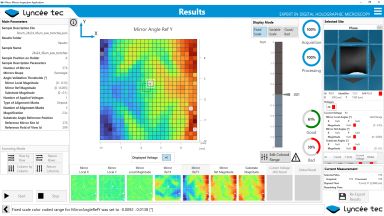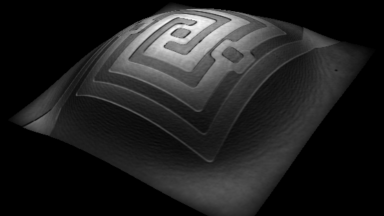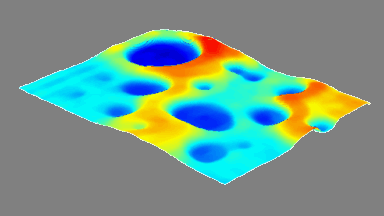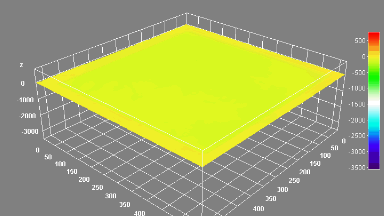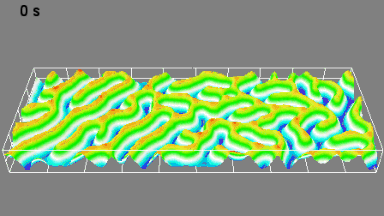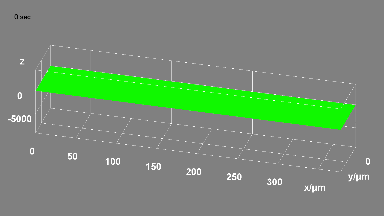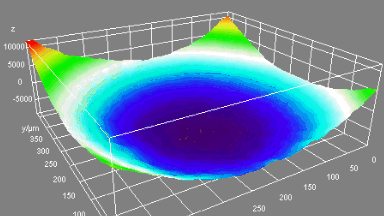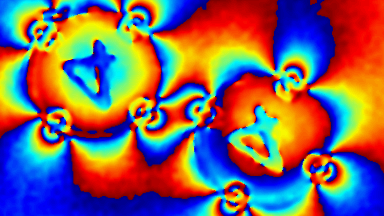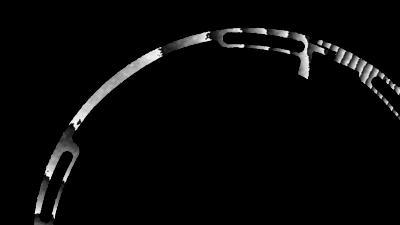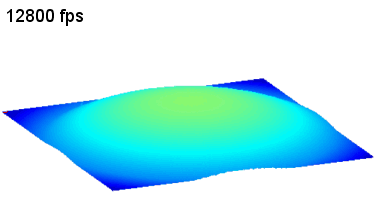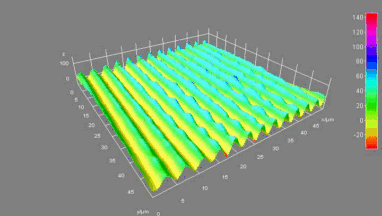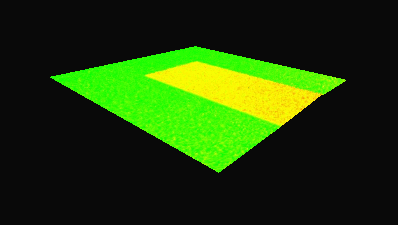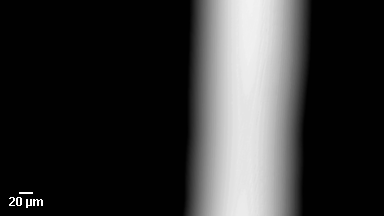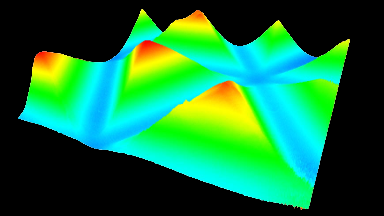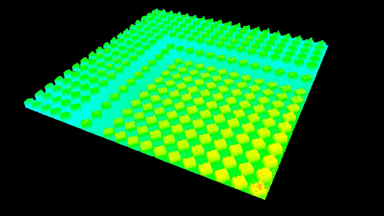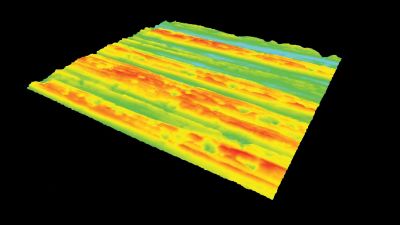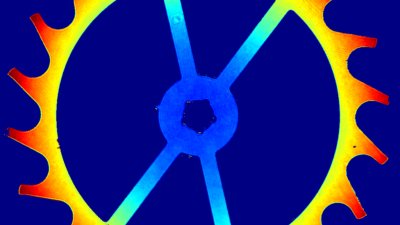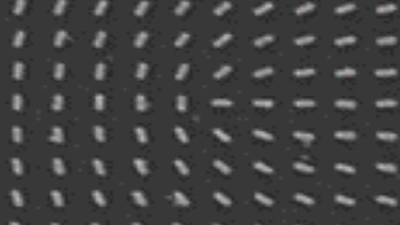Hochgeschwindigkeits-Aufnahmen
DHM® bis zu 100’000 Bilder/sec bestätigt Mechanismus der Sonogenetik
In einer Publikation hat die Gruppe um James Friend am UCSD die Entdeckung des Mechanismus der Ultraschall produzierenden Ionenkanal-Aktivierung beschrieben und dabei die Sonogenetik untermauert.
James‘ Gruppe ermittelte mit einem Lyncée Tec High-Speed DHM® die Membranauslenkung von 150 nm und entwickelte ein biomechanisches Modell, das diese Bewegungen mit Änderungen der Voltzahl in der Membrane in Zusammenhang brachte. Die Ergebnisse wurden mit Patch-Clamp Messungen an Neuronen validiert.
Diese grossartige Arbeit liefert eine Handhabung für beides, Ultraschall induzierte Neurostimulation und sonogenetische Kontrolle.
Publikation:
„Ultrasound Mediated Cellular Deflection Results in Cellular Depolarization„, Adv Sci, 2022 Jan;9(2):e2101950.
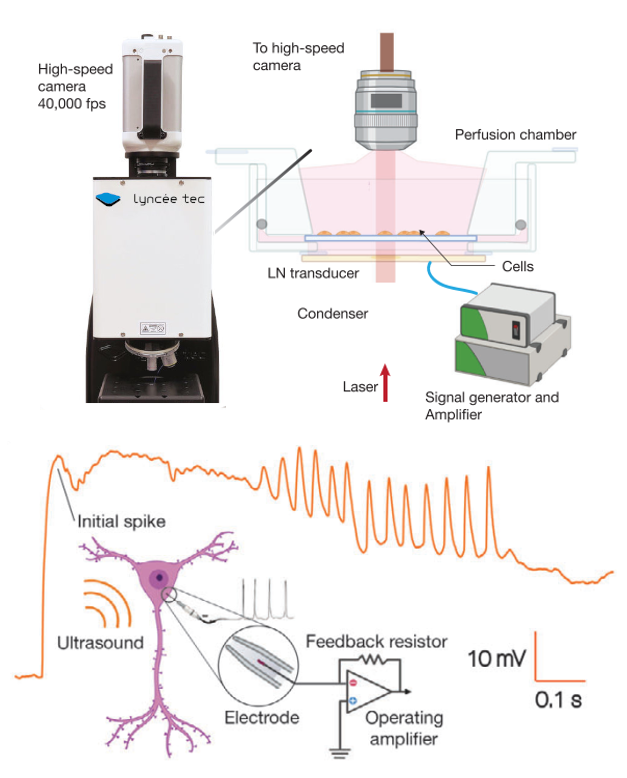
„We spoke with Frank, Yves, and the team at Lyncée Tec about the possibility of measuring the motion of fluid interfaces and cell membranes at frame rates many times higher than previous methods. Frank and Yves spent several hours with us on Zoom—and their group must have spent many more hours—to define the optics, camera, laser, and software all to tailor the digital holographic microscope to our unusual needs. Like any new instrument, we were anticipating many problems, yet when the system was delivered it was apparent from the moment the key was turned on that it just worked and that it would help us produce experimental data no one had seen before. After a period of adjustment to realize all that the DHM could tell us, we have been using it for a slew of applications far beyond our expectations“.
Professor James Friend
University of California San Diego, USA


